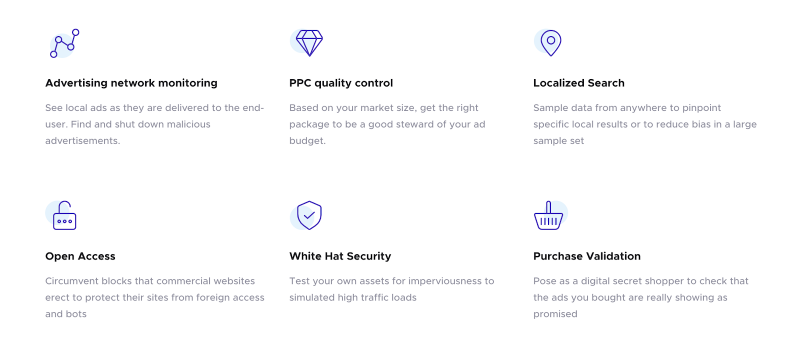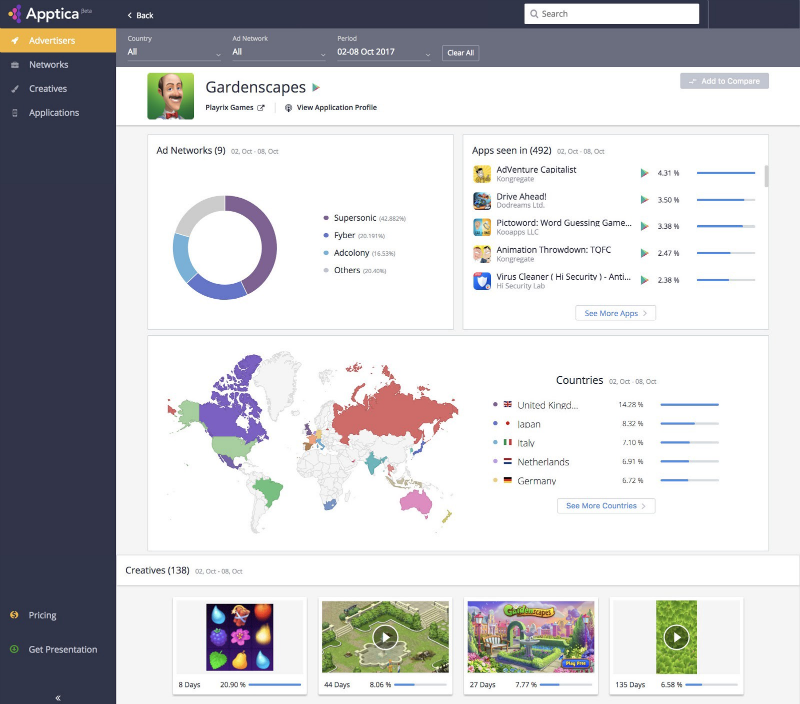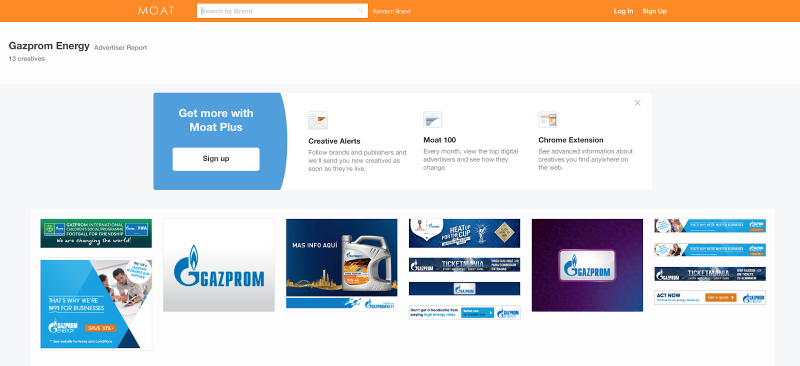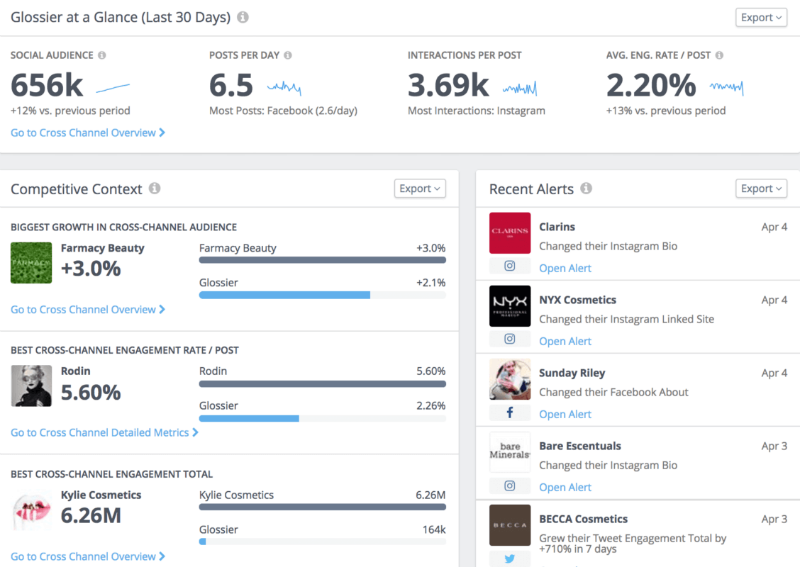Selection: 5 non-obvious competitive analysis tools that you might not know about

Competitive analysis is a very interesting topic, but most of the articles on this topic sin with minimal immersion in the question. From text to text, they tell us how useful tools are, such as SimilarWeb, which has paid access to both Boeing, Alexa, which was last relevant many years ago, or App Annie, which will quickly become almost impossible to learn how to use.
I have been professionally engaged in marketing, including in international markets, for many years and made a list of five non-obvious tools for studying how your competitors are moving.
')
Infatica
This is not at all obvious, but resident proxy services can be quite successfully used for competitive intelligence. The idea is simple - today, companies have learned to deal with attempts to analyze their sites using bots. Most often, such software uses IP from pools owned by proxy providers. Block them pretty easily.
If you can rent addresses that are not different from those used by ordinary users, you can connect and learn the content you need. In addition, resident proxies allow you to analyze search results and advertising in different countries - you will see it as seen by users in these countries.

I use the service Infatica, because they have no restrictions on the amount of pumping traffic or simultaneously installed sessions.
Apptica
If you work in an area where the so-called in-app-advertising is actively used (that is, ads within mobile applications), then there are not too many options available to track the activity of rival companies. One of the functional and inexpensive tools is Apptica service.
With it, you can get information about what types of ads and ad formats and networks advertisers use.

The service is also useful for mobile application developers, since you can analyze in-app campaigns launched in competing applications. As a result, you can understand what kind of advertising should be implemented in the application.
MOAT
A simple tool that allows you to see which online advertising a particular company is using. It looks like a simple search engine, in which you need to drive the name of the desired company.
As issue, the system will issue a selection of advertisements of various formats (“creatives”):

For each of them, the report will provide information on the sites on which this type of advertisement was placed, the type of file and its size. That is, with the help of MOAT, it is possible to understand not only what kind of advertising is launched by competitors, but also where exactly they do it.
Rivaliq
We have already reviewed tools for analyzing competitors' advertising activity in mobile applications, external websites, and RivalIQ helps to conduct a study of social networks.
The service presents an aggregated report by competitors, which includes data from sites like Facebook, Twitter, YouTube and Instagram. At the same time, it is possible not only to obtain data on where and which posts are published by companies, what kind of response they receive, but also to build comparisons.

It is clear why this is needed - by relying on data on the activity of competitors in social networks, you can more effectively use this channel.
Ghostery
Generally, initially Ghostery is a tool for ensuring privacy on the Internet. For example, using the Chrome extension, users can find and block various web trackers embedded in a web page (this prevents data collection and speeds up work):

For a marketer, such information is very valuable - it is so easy to find out what data about your users are collected by companies.
That's all for today, thank you for your attention! And what competitive analysis tools do you use?
Source: https://habr.com/ru/post/456836/
All Articles